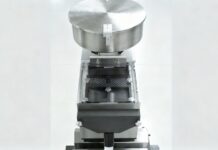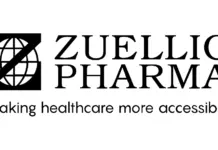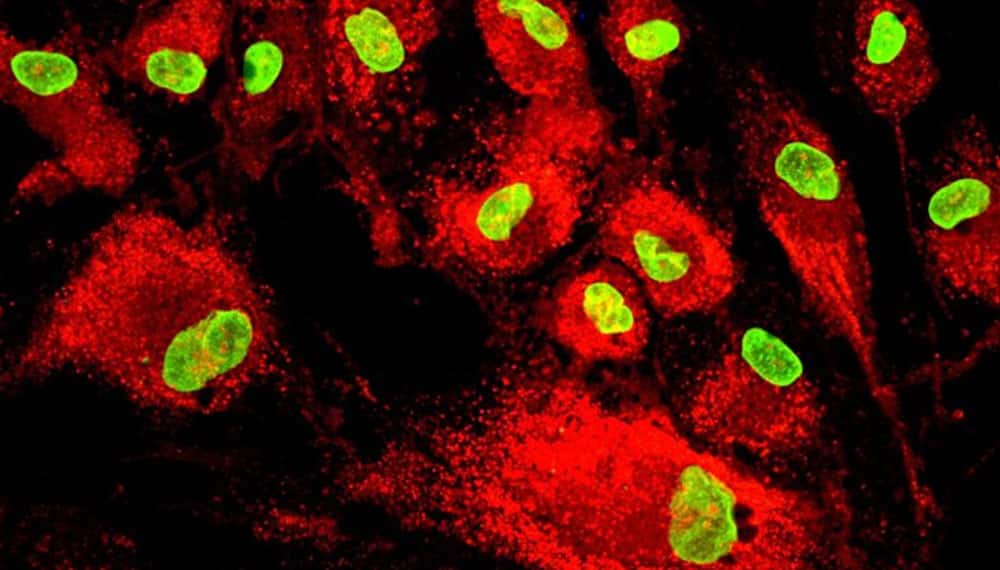According to research, the ratio of nicotinic acid (NA) to nicotinamide (NAM) considerably rises when living microorganisms are present inside 24 hours. This ratio can be used as a biomarker to identify microbial contamination in cell therapies at an early stage. Mesenchymal stromal cells (MSCs), the most clinically studied cell therapy platform globally, are emerging as viable therapeutic methodologies across a range of indications. However, the nutrient-rich media used in their production makes them susceptible to bacterial contamination, increasing the risk that patients receiving cell therapies will contract infectious diseases.
Sterility testing is needed before cell therapy products are released as well as during the production process to prevent this. The industry has difficulties when the products have a short shelf life and critically ill patients are left waiting for treatment. Culture-based procedures are still the current gold-standard sterility testing, requiring incubation times of up to 14 days. However, automated blood culture systems only cut the incubation period to seven days, which is too lengthy for several cell therapy products. Nevertheless, they are commonly employed as alternatives to traditional procedures.
To address these issues, the industry concentrated on creating quick alternative test procedures that performed just as well as commercial reference procedures. The possibility of using metabolites released by microbes in cell cultures as biomarkers to detect contamination is one area of investigation.
Researchers identified microorganism-specific metabolites using mass spectrometry (MS)-based metabolomics in a study that was published in Molecular Therapy-Methods & Clinical Development. They discovered NA was a metabolite produced by six bacterial species that are frequent mammalian cell culture contaminants, as well as five species that are listed in the relevant US Pharmacopeia guideline.
The scientists claim that nicotinamidases, which are transcribed in the genomes of the detected bacterial species, are connected to NA production because they transform NAM in the cell culture media into NA. Furthermore, analyses of genomic databases showed that nicotinamidases are dispersed throughout a minimum of 10,500 different strains of bacteria but not mammals.
They claimed that after 24 hours of incubation with 104 colony-forming units (CFUs)/ml of several bacterial species, the NA to NAM ratio rose 72 to 15,000 times in the cells.
A two-to three-fold rise in the NA to NAM ratio was found for large (104 CFUs/ml) and low (18 CFUs/ml) inocula of E. coli-contaminated MSCs after 5.5 and 18.5 hours, respectively, in tests utilising Escherichia coli as a model contaminant. Additionally, the technique could find Bacillus subtilis at 20 CFUs/ml and Candida albicans at 10 CFUs/ml after 12.5 and 24.5 hours, respectively. The authors claim that a comparative sterility test would take more than 24 hours to discover the same number of these three germs.
They have created a unique fast test for identifying microbiological load in mammalian cell cultures, the authors wrote in their conclusion. The NA to NAM ratio has excellent potential to function as a microbiological biomarker for sterility testing due to its wide detection range, speed, and perhaps low false-positive rates.



























